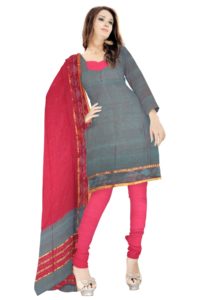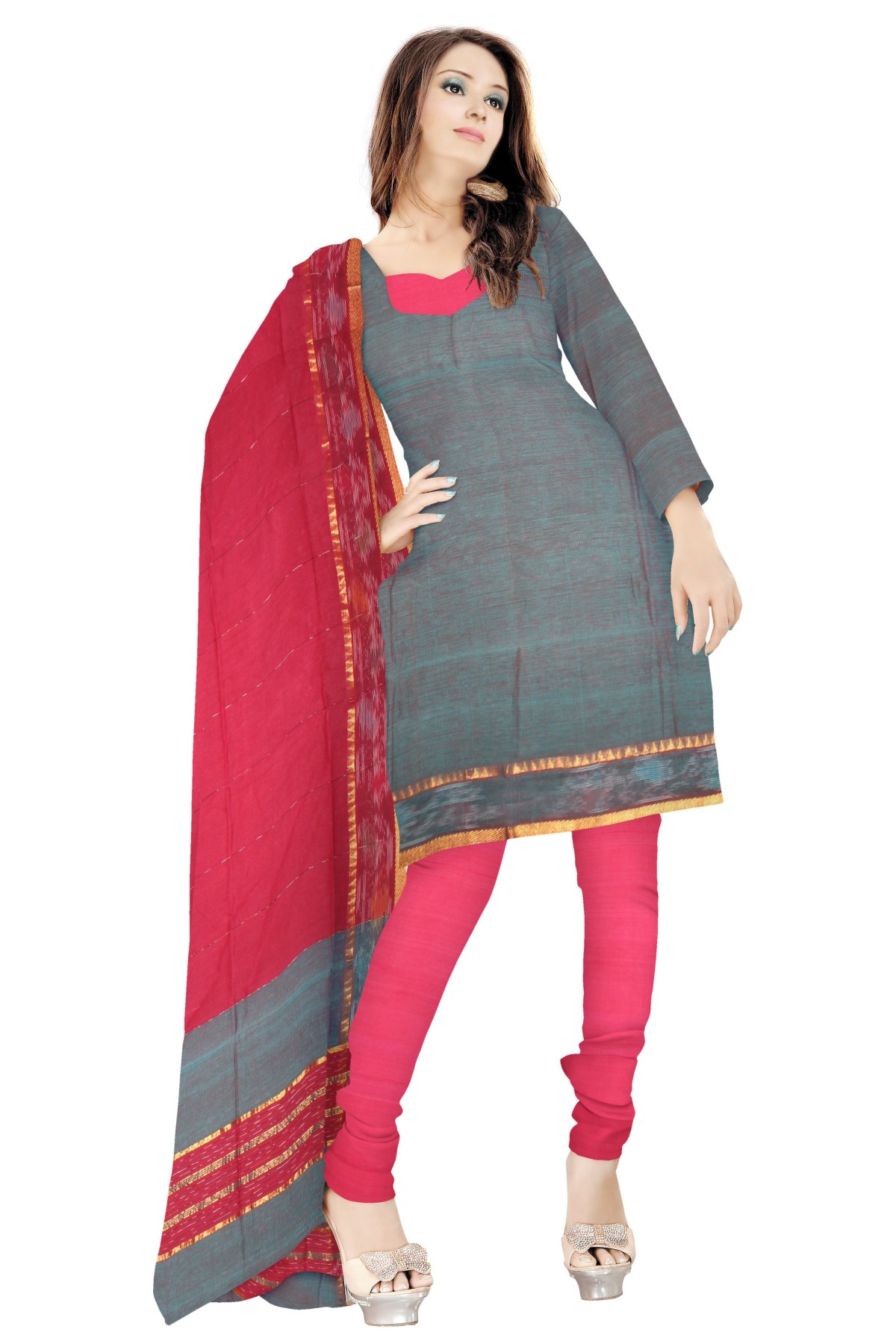In a world that is increasingly aware of its diverse societies, cultures that were once contained to certain regions have been spread all over the globe. As different cultures have found ways to reach beyond their native borders, on occasion foreign cultures are misinterpreted or expropriated to better accommodate the nature of the appropriators’. In recent years, this practice has come to be known as cultural appropriation.
What cultural appropriation encompasses, however, is often disputed. Oxford Dictionary defines the practice as “the unacknowledged or inappropriate adoption of the customs, practices, ideas, etc. of one people or society by members of another and typically more dominant people or society.” The top definition of cultural appropriation on Urban Dictionary, a user-based online dictionary, argues that cultural appropriation is, “The ridiculous notion that being of a different culture or race (especially white) means that you are not allowed to adopt things from other cultures.”
Lick-Wilmerding English teacher Dr. Catherine Fung defines cultural appropriation differently. “I would think of cultural appropriation as taking a culture that’s not yours and commodifying it.” She adds that it is “like putting it on a costume, or even just enjoying it without any kind of respect or acknowledgement of the source of the cultural practice.” Fung notes that fashion is a mass market for cultural appropriation, such as Halloween costumes or Urban Outfitter products inspired by Native American designs. Cultural appropriation in fashion can take form in a wide variety of patterns and designs.
Cultural appropriation of Asian culture, or Orientalism, often profits off the exotification of East Asian cultures. An example of such comes from Pinup Girl, an online retailer specializing in vintage clothing. The fabrics in their 2017 Chinese New Year line were adorned with dragons, despite 2017 being the Year of the Rooster in the Chinese calendar. However, what was perhaps more controversial was the line’s promotion: none of the models wearing the products were of Asian descent. The combination of inaccurate representation of a Chinese tradition along with no representation of Chinese people proved unpopular with many consumers, even warranting a petition on Change.org.
East Asia is not the only part of Asia whose cultures are victim to cultural appropriation. South Asian culture, especially Indian culture, is often appropriated differently than its East Asian counterparts. In many cases, South Asian-themed clothing is rebranded as festival wear for exotic celebrations. In the Fuller House episode “Partnerships in the Night,” for instance, characters Kimmy Gibbler and Stephanie Tanner throw an “Indian-themed” retirement party for a veterinarian who plans to move to Mumbai. The episode itself does little to adhere to or even acknowledge the cultural significance of the clothing – “Go to Target and order everything they have that’s remotely Indian,” says Gibbler nonchalantly – not to mention the fact that no one of Indian descent is present at the party. Unsurprisingly, the bright colors and intricate patterns of traditional Desi garments are reduced to party outfits for a largely white cast.

photo courtesy of Pixabay
Of course, cultures outside Asia are heavily appropriated as well. The appropriation of African American culture, in particular, is prominent, with hairstyles such as dreadlocks and cornrows quickly becoming trends adopted by non-black celebrities, like Jeremy Lin and Miley Cyrus. On a larger scale, the story of Rachel Dolezal made headlines when she, a white woman, was exposed by her parents for pretending to be black. Dolezal, who was once president of the NAACP chapter in Spokane, was often found with braided hair and dressed in dashikis, saying that she was making a social statement. In an interview with The Guardian, Dolezal says, “It was me saying: ‘I am renouncing the propaganda standards of European beauty being superior.’ It was almost like cultural disobedience, going the other way, to say, ‘You know, this is actually beautiful to me.’” When she was exposed, she was removed from her position at the NAACP and ridiculed for the scandal.
On a more local scale, one might recall the 2016 “wigga” party hosted by Bay Area high school students, including several from St. Ignatius College Preparatory and Sacred Heart Cathedral Preparatory. The titular “wigga” refers to a white person employing characteristics and clothing that racially stereotype African Americans. Hip hop seemed to be the main focus of the party’s fashion scene: photos of white students in jerseys and baggy jeans holding up gang signs flooded various social media platforms for a brief time.
Native Americans are largely marginalized as well. Examples include “tribal wear” costumes and the usage of “Navajo” to describe Southwestern prints.
Not only is appropriation of Native American culture disrespectful, but it is also illegal. According to the Indian Arts and Crafts Act of 1990, “it is unlawful to offer or display for sale or sell any good…in a manner that falsely suggests it is Indian produced, an Indian product, or the product of a particular Indian or Indian Tribe.” For individuals, violation of this act is punishable by a $250,000 fine or a five-year prison sentence. Businesses can be fined up to $1 million.
But that does not necessarily stop individuals from appropriating Native American culture for the purpose of their own creations. Kam Kramer, a writer for Native Fashion Now, notes an interesting trend in non-Native designers. “[They] appropriate Indian style for their own purposes…often [using] it to assert a kind of ‘true’ Americanness, or to stand for reductionist concepts like ‘freedom’ or ‘authenticity.’”
The inevitable question, then, is how does one appreciate a culture without appropriating it?
Calvin Ho, a worker at Chinese for Affirmative Action, says creators themselves can easily avoid appropriating a culture by educating themselves on it. He says, “For example, in 2003 American Eagle Outfitters tried to sell sandals with Ganesha printed on them – super unholy to Hindus. If they’d only reached out to ask if that was allowable, then they wouldn’t have had to recall some million or so sandals.” He also recommends consumers be conscious of the repercussions of their fashion choices. He advises that when picking out clothing,
“Look at it and ask, ‘would I offend someone by wearing this?’ But not if it’s like you’re wearing a revealing outfit. If your outfit is a kimono and you’re wearing it in downtown Oakland, think: does that really fit there?” This simple question can help draw the important distinction between cultural appreciation and cultural appropriation.






